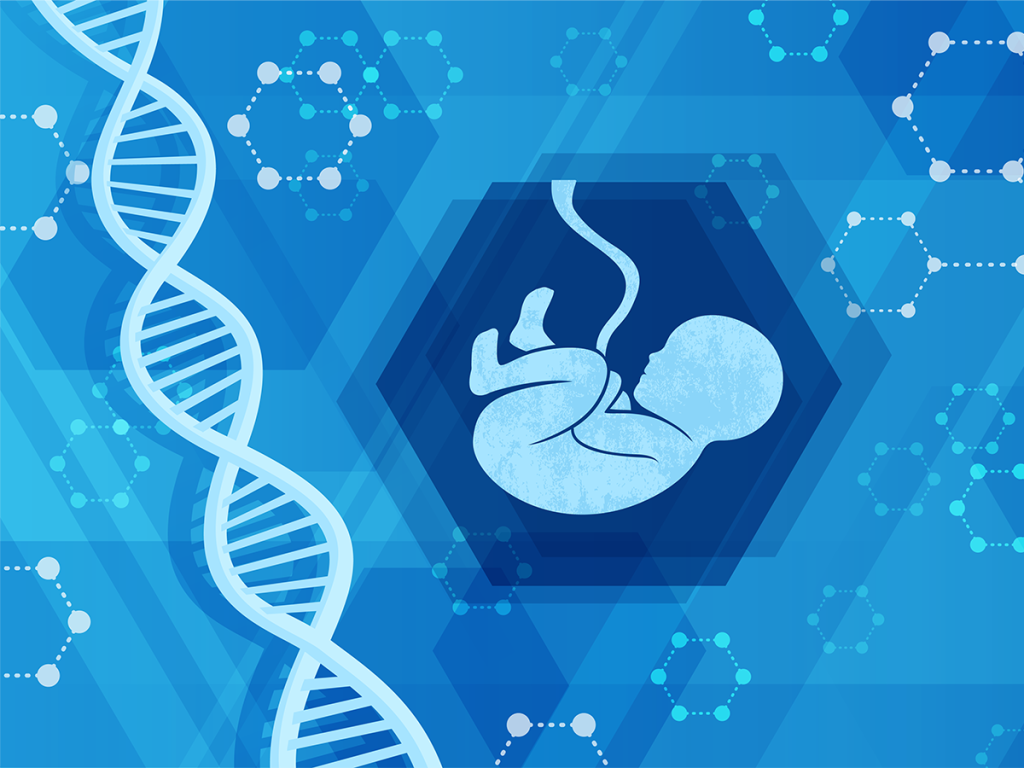
The 9 Most Common Birth Defects in the U.S.
Birth defects are disabilities or abnormalities present at birth. They are caused by genetic factors, environmental factors, or a combination of both.
The Centers for Disease Control and Prevention (CDC) estimates that about 1 in 33 babies born in the United States have a birth defect.
These impairments can range from minor physical differences to even life-threatening conditions that cause significant disabilities down the road for both babies and their families.
In this article we take a look at the 9 most common birth defects in the U.S.
1. Down Syndrome
Down syndrome is a genetic disorder caused by the presence of an extra chromosome, specifically chromosome 21. It is the most common chromosomal abnormality, affecting 1 in 1,200 births. Down syndrome can result in intellectual disabilities, certain physical features (such as a flattened face), and other health issues.
2. Cleft Lip and Palate
Cleft lip and palate are craniofacial malformations that occur when the lip and/or palate don’t properly fuse during prenatal development. They are among the most common birth defects in the U.S., with 1 in 940 babies being born with a cleft lip or palate.
3. Congenital Heart Defects
Congenital heart defects are abnormalities in the structure of the heart, present at birth. They are the most common type of birth defect, affecting about 1 in 110 babies. There are many different types of congenital heart defects, including atrial septal defect, ventricular septal defect, tetralogy of Fallot, and coarctation of the aorta.
4. Neural Tube Defects
Neural tube defects are a group of disorders caused by a failure of the brain, spinal cord, or their protective coverings to properly develop. They affect about 1 in 1,000 births. Examples of neural tube defects include spina bifida, encephalocele, and anencephaly.
5. Clubfoot
Clubfoot is a birth defect that affects the position of the foot, causing it to be twisted inward or downward. It occurs in approximately 1 in 1,000 births. Treatment may involve stretching and casting, braces, or surgery.
6. Craniosynostosis
Craniosynostosis is a birth defect characterized by the premature fusion of the skull bones, resulting in an abnormally shaped head. It affects about 1 in 2,500 births and may lead to developmental issues. Treatment often involves surgery to correct the skull shape.
7. Gastrointestinal Defects
Gastrointestinal defects comprise a range of abnormalities that involve the stomach, intestines, or other digestive organs. Examples include gastroschisis, omphalocele, and Hirschsprung’s disease. They affect approximately 1 in 2,000 births.
8. Hypospadias
Hypospadias is a common male birth defect that affects the location of the urethra opening on the penis. It occurs in 1 in 200 male births and can usually be corrected through surgery.
9. Limb Reduction Defects
Limb reduction defects refer to the absent or underdeveloped limbs in a baby. They are more common in males, affecting approximately 1 in 1,900 male births. The cause could be genetic, environmental, or a combination of both.
Screening Tests For Birth Defects
During pregnancy, healthcare professionals use a variety of methods to check for potential birth defects. Screening tests help determine the chances of your baby having a birth defect.
They do not provide definite answers, but rather, they identify the potential risk for certain conditions. Some of the commonly used screening tests include:
- First Trimester Screening: This test combines blood tests and an ultrasound examination called nuchal translucency (NT). It is usually performed between weeks 11 and 14 of pregnancy. This test can detect increased risk for chromosomal abnormalities, such as Down syndrome, and other structural defects, like heart issues.
- Second Trimester Screening (Quad Screen): Conducted between weeks 15 and 20 of pregnancy, this blood test measures four different substances in the mother’s blood, including alpha-fetoprotein (AFP), human chorionic gonadotropin (hCG), unconjugated estriol, and inhibin A. This test can identify pregnant women with an increased risk of Down syndrome and neural tube defects.
- Cell-Free DNA Testing: Also known as non-invasive prenatal testing (NIPT), this test can be done as early as week 10 of pregnancy. Blood samples are collected from the mother to examine fetal DNA fragments to estimate the risk of specific chromosomal abnormalities, like Down syndrome, Edwards syndrome, and Patau syndrome.
Assuring The Best Outcome
Birth defects are an unfortunately common occurrence in the United States. By being aware of the 9 most common birth defects, parents and doctors can be better prepared to treat and deal with them effectively.
As medical technology advances, it is very likely that these 9 common birth defects will become even easier to detect and treat in order to ensure the best health outcomes for both mother and child.
Seeking professional help from your physician if you have any questions or concerns about birth defects is essential to guarantee the best possible outcome for everyone involved.
Lastly, consider donating or supporting organizations dedicated to Page researching or providing resources for families affected by congenital anomalies.
Together we can strive towards a healthier future!


Leave a Reply
You must be logged in to post a comment.